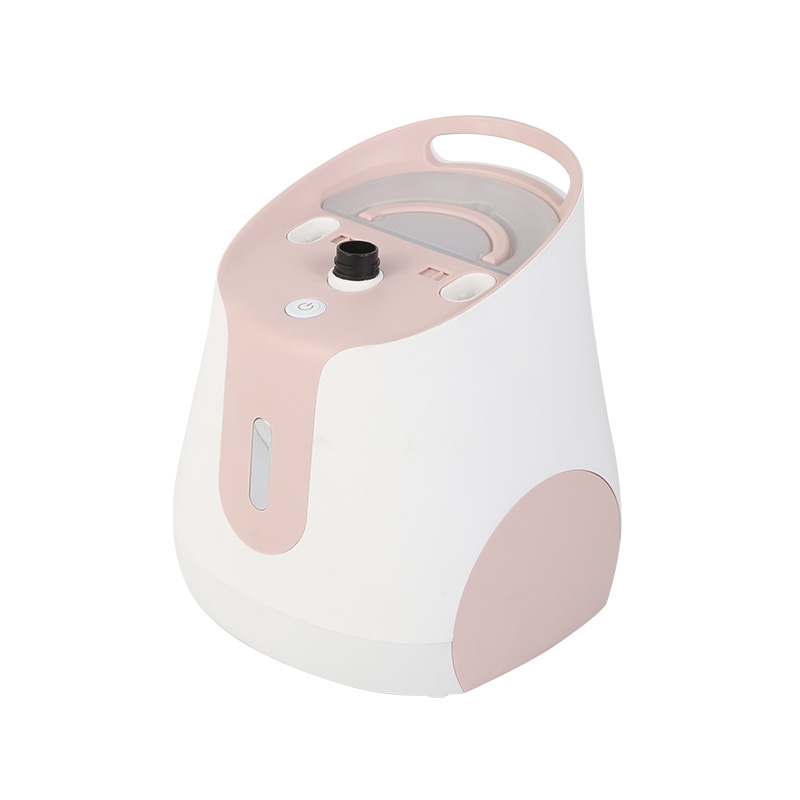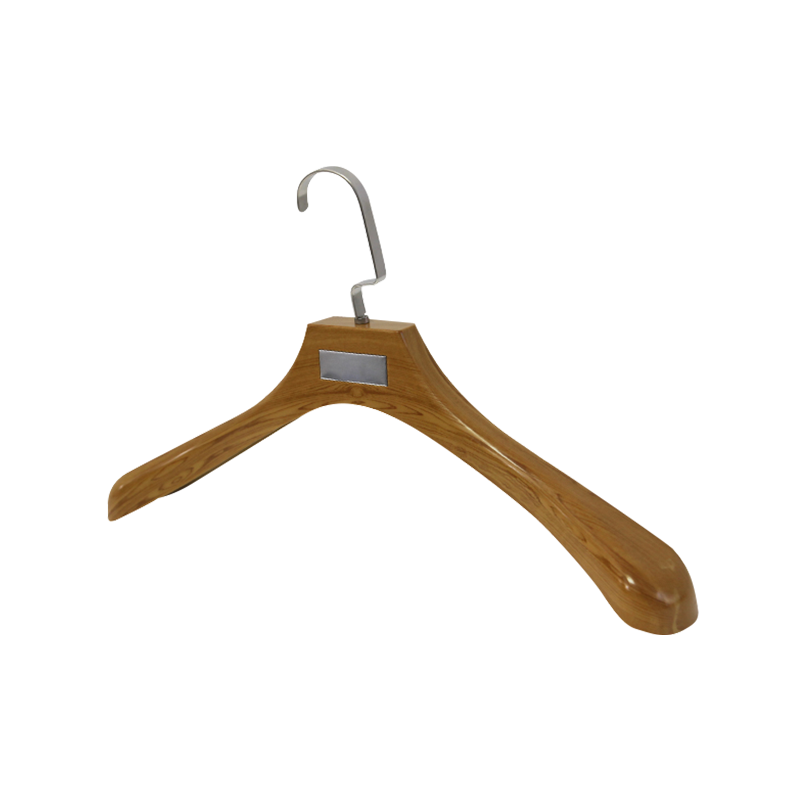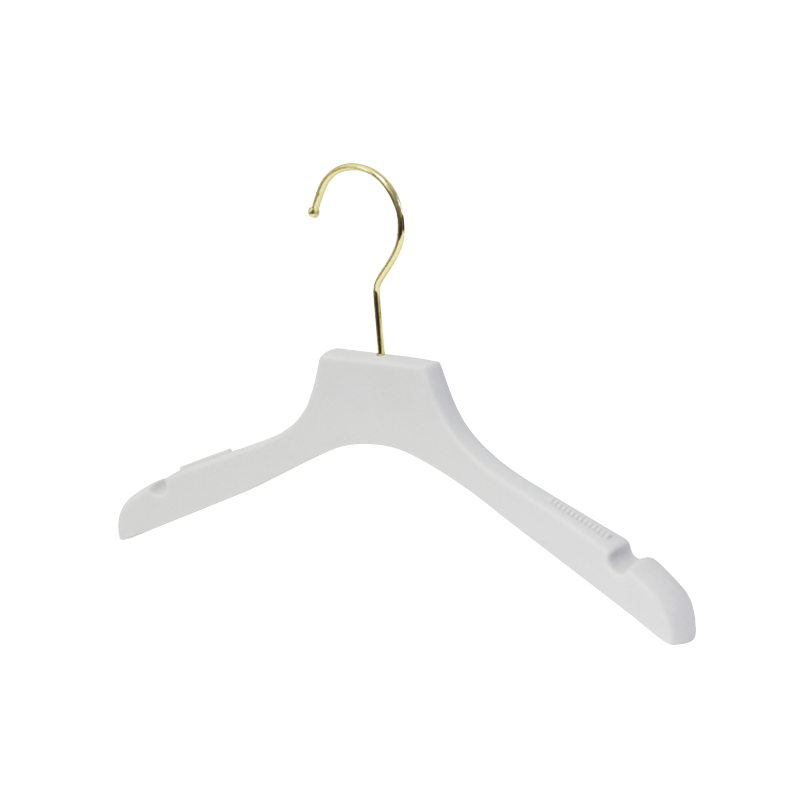The key consideration in the creation of a garment steamer supplier is the selection of materials. Because the device deals with high-temperature steam and water, materials must be heat-resistant, durable, and safe for prolonged use. Many components of a garment steamer, such as the water tank, heating element, and steam nozzle, are made from materials chosen specifically to meet these requirements.

For the water tank, durable plastics like polypropylene (PP) or polycarbonate (PC) are commonly used. These plastics offer good heat resistance and are lightweight, which helps keep the overall device portable and user-friendly. Transparent or semi-transparent plastics are often preferred for the tank so users can easily monitor water levels. The tank material must also be resistant to the effects of boiling water and mineral deposits from tap water.
The heating element is a critical component and is typically made of metal alloys such as stainless steel or copper. Stainless steel is favored for its corrosion resistance, strength, and ability to withstand continuous heating cycles without degrading. Copper, while less common due to cost, provides thermal conductivity, allowing steam to be generated quickly and efficiently. The choice of heating element material directly impacts the steamer's energy efficiency and lifespan.
The steam nozzle and hose must also be constructed from materials that can tolerate high heat and moisture. Silicone rubber or reinforced flexible plastics are typically used for the hose to provide flexibility without cracking or leaking. The nozzle itself is often made of heat-resistant plastic or metal, designed to distribute steam evenly over garments.
Craftsmanship plays a significant role in the overall performance and reliability of a garment steamer. A reputable garment steamer supplier ensures precise manufacturing processes to maintain tight tolerances and quality standards. For example, the assembly of the heating element and water tank must be executed carefully to prevent leaks or electrical hazards. Advanced welding, sealing, and bonding techniques are employed to create airtight and waterproof seals.
Moreover, the internal plumbing of the steamer, which channels water from the tank to the heating element and out through the nozzle, requires meticulous design and assembly. Improper connections can result in blockages, leaks, or inefficient steam production. Therefore, quality control measures such as pressure testing and flow verification are standard practices in the production of garment steamers.
Ergonomic design is another element influenced by craftsmanship. The steamer's handle, buttons, and overall balance should be comfortable for users, especially since steaming can be a repetitive task. A skilled garment steamer supplier pays attention to these details, using injection molding techniques to produce smooth, sturdy plastic parts that fit well together and provide a comfortable grip.
The exterior casing of the garment steamer is usually made from impact-resistant plastics. These casings are designed not only to protect internal components but also to offer an attractive appearance. Finishing processes such as painting, texturing, or gloss coating enhance the product's look and feel while also providing additional protection against scratches or wear.
Safety features integrated during manufacturing also reflect craftsmanship quality. These features include automatic shut-off systems that activate when the water level is low or when the device overheats. Incorporating such mechanisms requires precise electrical engineering and reliable component integration, areas where a professional garment steamer supplier invests heavily.
Another area where craftsmanship is evident is in the packaging and user instructions. High-quality garment steamers are packaged carefully to prevent damage during transport. Clear, concise user manuals with detailed safety guidelines and maintenance instructions contribute to a positive user experience and longer product life.



 Language
Language  English
English 中文简体
中文简体 Español
Español русский
русский








